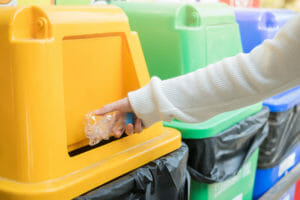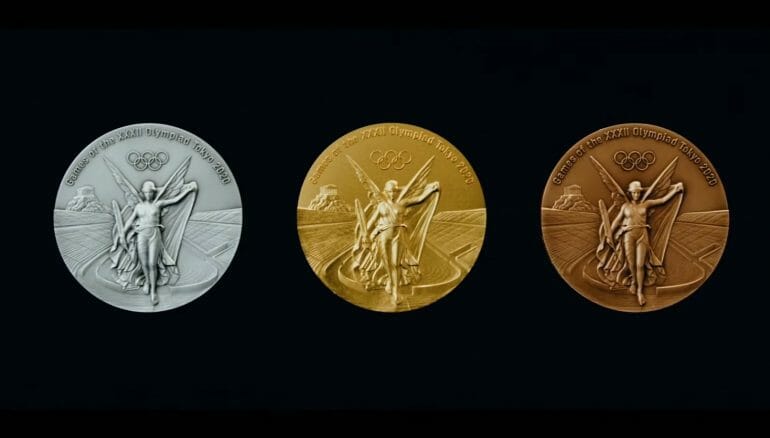Tokyo Olympics 2020 Introduces Tournament Medals Made Of Discarded Phones And Other Electronics
The tournaments at the 2020 Olympic and Paralympic Games in Tokyo are not just the only surprises you should be excited about. This season, Tokyo will introduce an innovative future with their sustainable medals made of old cellular phones and other electronics.
Mission and Vision
The Tokyo 2020 organizing committee and other independent organizations responsible for the event believe that wastes from discarded materials, particularly portable devices and home appliances, can produce useful metals.

Ryohei Miyata, the chair of Tokyo 2020 Olympics and Paralympics’ medal design, released a press statement about the committee’s decision to make recycled medals: “I am convinced that Japanese metal molding techniques and the superb design have combined well, and that we have the best medal in the world—one that we can be proud of…There is also a beautiful balance between the design of the medals and their ribbons. It makes me want to strive for a medal myself.”
Meanwhile, Tokyo 2020 Medal Project, the head organization supervising the project, is here to support the committee and Mr. Miyata. Its officials hope that the recycling process and the project itself would create a new legacy for Tokyo.
Medal Inspiration
The mission of Tokyo 2020’s visionaries was rooted from the 2010 Vancouver Winter Olympics’ medal design. However, the original design for Tokyo 2020 was particularly chosen from a pool of over 400 entries submitted by professional designers and design students.
Vancouver previously followed the same method, gathering materials from televisions and computers to create approximately 1,000 sustainable and environmentally-friendly medals. The whole project was made possible with the support of metal company Teck Resources and Canadian Mint.
From the 2010 Vancouver Winter Olympics, third-place finishers received a bronze medal with 1.11% recycled material; silver medalists took home 0.12 recycled material; and champions emerged victorious with gold metals containing 1.52% recycled material.
Approximately 5,000 medals will be produced for the tournament winners in Tokyo 2020. These will be crafted from over 79,000 tons of old cellular phones and electronic devices with the same size—all of which were collected by Tokyo’s municipal authorities from April 2017 to March 2019.

After the campaign period, over 6 million used and discarded phones were collected. This number yielded 32 kgs of gold, 3,500 kilograms of silver, and 2,200 kilograms of copper and zinc. What’s more,is that all the excess metals that didn’t make it to the cut will be used instead for medals in local sports events across the country.
The designers expected the medals to have a diameter of 85mm—with an exact measurement of 7.7mm at their thinnest part and 12.1mm at their thickest. From their sample production, the gold medals had over 6 grams of gold plating on pure silver, while the silver and bronze medals had pure silver and red brass alloy, respectively.
To protect the medals, the designers unveiled a circular medal case made from Japanese ash. It will then be complemented by ribbons filled with Japanese patterns woven through Kimono-inspired layering techniques.







